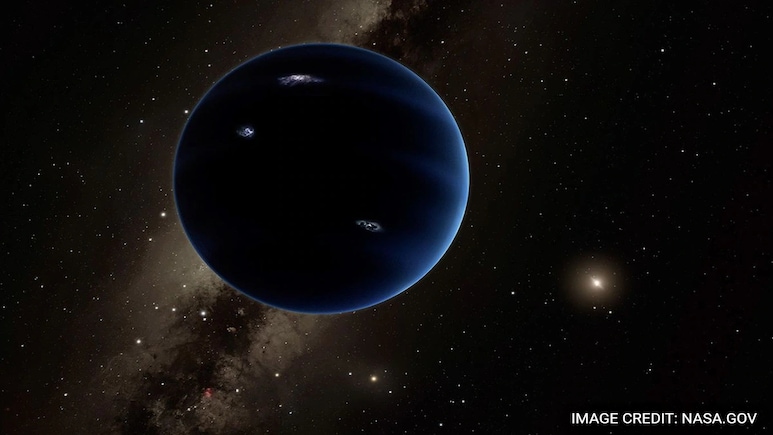
Astronomers have discovered fresh evidence suggesting the possible existence of an unseen planet in the far reaches of our solar system. The study, published in the Monthly Notices of the Royal Astronomical Society: Letters, introduces what researchers are calling Planet Y, a hypothetical world inferred from the unusual tilt of distant Kuiper Belt objects.
The Kuiper Belt, a vast ring of icy bodies beyond Neptune, has long intrigued astronomers searching for hidden planets. While Planet Y has not yet been directly observed, its presence is suggested by the unexpected inclinations in the orbits of roughly 50 distant objects, reported CNN.
“One explanation is the presence of an unseen planet, probably smaller than the Earth and probably bigger than Mercury, orbiting in the deep outer solar system,” said lead author Amir Siraj, a doctoral candidate at Princeton University, according to CNN. “This paper is not a discovery of a planet, but it's certainly the discovery of a puzzle for which a planet is a likely solution.”
The concept of hidden planets beyond Neptune is not new. Historical searches for a so-called Planet X date back to the early 20th century, following the discovery of Neptune in 1846. Pluto was initially considered a candidate for Planet X when it was discovered in 1930, though it was later reclassified as a dwarf planet due to its small size.
Planet Y is distinct from the previously proposed Planet Nine, which is thought to be five to 10 the mass of Earth and orbiting much farther out. Siraj added that both hypothetical planets could coexist in the solar system. “I think it's a very exciting discussion, and actually that was the motivation for us to investigate the issue,” he said, reported CNN.
Siraj's team noted that the tilt observed beyond roughly 80 times the Earth-Sun distance is around 15 degrees, a discrepancy that cannot be explained by a passing star or standard planetary formation models. “It was quite a surprise to find that the solar system suddenly appears to be tilted by about 15 degrees, and this is what sparked the Planet Y hypothesis,” he said.
Computer simulations run by Siraj and his colleagues indicated that existing models, including Planet Nine, could not account for this tilt. Planet Y, they suggest, is likely a Mercury- to Earth-mass planet orbiting at 100 to 200 times the Earth-Sun distance, with an orbital tilt of at least 10 degrees relative to the known planets.
Despite these findings, the existence of Planet Y remains unconfirmed. “With these roughly 50 objects, the statistical significance is in the 96% to 98% range,” Siraj said, according to CNN. “It's strong, but it's not definitive yet.”
The Vera C. Rubin Observatory, set to begin its 10-year survey this fall in Chile, could provide the definitive evidence needed. Equipped with the world's largest digital camera, the telescope will image the entire sky every three days, potentially offering insight into Planet Y's presence.
Track Latest News Live on NDTV.com and get news updates from India and around the world

